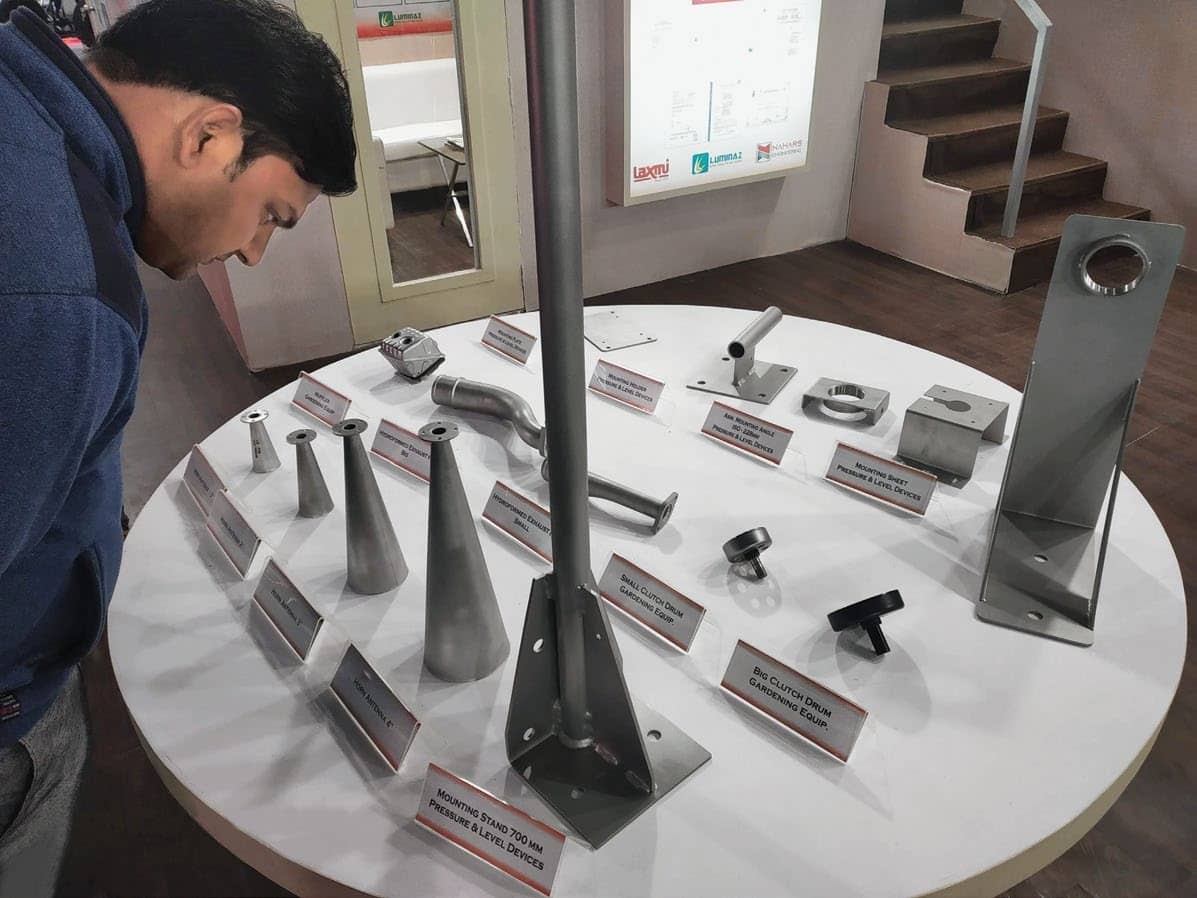
India’s automotive industry was in top gear between 2009 and 2018 – automotive sales grew at nine percent per year, and the auto component industry grew at over 12 percent. Building on this performance, the Automotive Mission Plan 2016–26 (a joint vision of the government and the auto industry) set ambitious goals for the sector. According to the plan, the sector could contribute 12 percent to GDP (over the current seven percent) and add 6.5 crore additional jobs to the current 3.7 crores by 2026. Instead, slowing sales and shifting supply chains over the past couple of years started to squeeze margins.
Adding to the industry’s woes, the global pandemic necessitated a country-wide lockdown in 2020 that continues to have a deep impact on lives and livelihoods. And yet, the picture is not that bleak. With the country gradually opening up and wholesale figures for August 2020 offering a ray of hope with a 14 percent increase in passenger vehicle sales and a three percent increase in two-wheeler sales YoY, auto component manufacturers could rev their motors and move back into top gear. Making tactical changes to their existing capabilities and considering fresh approaches could allow them to thrive in the next normal.
A recent McKinsey report, Shaping the new normal – India’s auto component industry, outlines actions for auto component manufacturers to foster their own growth – which could critically bolster India’s GDP. The three proposed priorities are to localise, optimise and digitise.
Esta historia es de la edición December 2020 de Auto Components India.
Comience su prueba gratuita de Magzter GOLD de 7 días para acceder a miles de historias premium seleccionadas y a más de 9,000 revistas y periódicos.
Ya eres suscriptor ? Conectar
Esta historia es de la edición December 2020 de Auto Components India.
Comience su prueba gratuita de Magzter GOLD de 7 días para acceder a miles de historias premium seleccionadas y a más de 9,000 revistas y periódicos.
Ya eres suscriptor? Conectar

RENESAS UNVEILS MULTI-DOMAIN SOC.
Renesas Unveils 5th-Generation Multi-Domain SoC for ADAS, Infotainment and Gateway Systems

BORGWARNER SECURES NEW HVCH PROGRAMS
BorgWarner has secured three significant business wins for its High Voltage Coolant Heater (HVCH) technology, expanding its reach in the Chinese, Korean and Japanese electric vehicle markets.

RESHAPING REALITY
Abhiyantriki, the 26th annual technical fest of K J Somaiya School of Engineering at Somaiya Vidyavihar University, took place at its Mumbai campus under the theme ‘Reshaping Reality’, focusing on futuristic innovations and real-world problemsolving.

CONTINENTAL TIRES INDIA CELEBRATES CONTINUED PREFERRED PARTNER STATUS
Continental Tires India reaffirms its dedication to customer-centric solutions and operational excellence through its sustained partnership with Mercedes-Benz AG.

ACMA IAUTOCONNECT 2024
The Automotive Component Manufacturers Association of India (ACMA), hosted the ninth edition of its premier buyer-seller event, iAutoConnect, at Yashobhoomi in New Delhi.

4TH ACMA AUTOMOTIVE RAW MATERIALS CONCLAVE
The 4th Automotive Raw Materials Conclave focused on automotive innovations and sustainability in nonferrous materials, writes Richa Tyagi.

MOBILITY PLAYSETS
Even as the Indian automobile industry touches new heights and innovations, it is the commercial mobility play sets that continue to be a major draw. It is a good starting point for the next generation, writes Prajakta Chavan Rane from her plant sojourn.

SUSTAINABILITY AS STRATEGY
In an Industry Talk session, Satyakam Arya Managing Director and CEO, Daimler India Commercial Vehicles spoke to Ashish Bhatia on integrating sustainability into the overall business strategy.

EMBRACING SHOPFLOOR AUTOMATION
In manufacturing, where precision, efficiency, and cost-effectiveness are paramount, Mahindra Mahindra has embraced shopfloor automation as a cornerstone of its strategy

FREUDENBERG EXPANDS MANUFACTURING FOOTPRINT
Freudenberg opens two state-of-the-art manufacturing plants in Morinda, marking its largest investment in expanding the manufacturing footprint in India, writes Richa Tyagi.